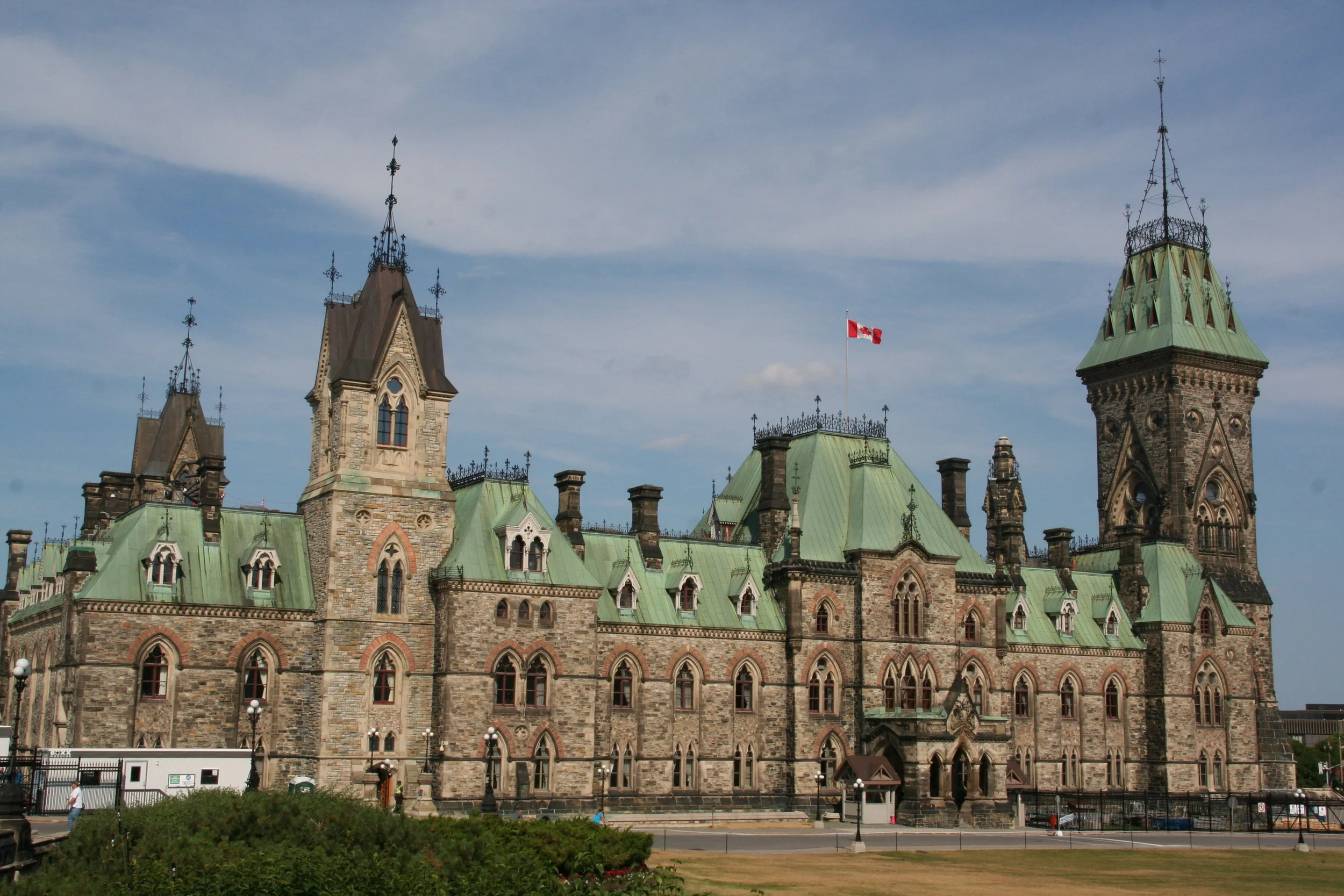Canada Welcomes Multiculturalism
The decision to move can be both very exciting and at the same time very frightening. There are many differences between the country that you live in now and the country that you may be moving to. Some changes may mean leaving a place where you feel comfortable to come seek new and exciting opportunities. The good news is that Canada is a great country that has a long tradition of welcoming immigrants. Canada has two official languages English and French, but you will undoubtedly find that many other languages are present among the residents. Canada considers itself a multicultural society with more than 17% of the population speaking a mother tongue other than the two official languages. Canada accepts between 200,000 and 225,000 immigrants yearly, to meet its goals of economic benefit to Canada, family reunification, and humanitarian commitment. There are three major cities that most immigrants settle when they come to Canada; Toronto, Montreal and Vancouver. Recently, there has been a trend by the other provinces to attract immigrants that have an interest in settling in the medium-sized cities. Some immigrants find that the medium sized cities such as Ottawa, London, Windsor, Halifax, Quebec City, Edmonton, Calgary and Winnipeg have just as much to offer as the larger cities but have a better quality of life. All these medium sized cities as well as many others, have diverse, multi-ethnic populations and all have public and private institutions and services that are found in the larger cities. Smaller cities and rural areas also offer a different life-style that may interest those individuals that prefer a quieter and slower paced way of life.
Economic Strength
In the past 10 years, the Canadian economy has been growing very quickly with low unemployment and large government surpluses at the federal level. The Canadian market, pattern of production and high living standards are very similar to the United States. As of May 2006 Canada has an unemployment rate of 6.1%; the lowest seen since 1974[1]. Canada has in these recent years seen such impressive growth in the mining, manufacturing and service sector that it has been transformed from a mainly rural economy to a primarily industrial and urban one.
Amongst the developed nations, Canada is one of the very few that is a net exporter of energy.[2] Eastern Canada has vast deposits of natural gas, while Alberta and neighbouring western regions have large oil and gas resources. Canada has the the world’s second largest reserves of oil known as the Athabasca Tar Sands.[3] In Quebec, British Columbia, Newfoundland & Labrador, Ontario and Manitoba, hydroelectric power is a cheap and relatively environmentally friendly source of abundant energy.
Agricultural products such as wheat and other grains are heavily supplied by the Canadian Prairies. Canada is undoubtedly one of the world’s most important suppliers of agricultural goods.[4] Canada also produces the largest quantity of zinc and uranium in the world and is a world leader in many other natural resources such as gold, nickel, aluminum, and lead.[5] Where agriculture is difficult due to arable land unavailability, there is usually nearby mine or source of timber that allows for small communities to prosper.
International trade in the new global world is of particular interest to most countries. Canada is very dependent on international trade, mainly with the US. NAFTA (North American Free Trade Agreement) has allowed Canada to see a great increase in trade and economic integration with the US. Since 2001, Canada has successfully avoided economic recession and has maintained the best overall economic performance in the G8 (The G8- Group of Eight-consists of Canada, France, Germany, Italy, Japan, Russia, the United Kingdom, and the United States).
Schools/Universities
The Canadian School system is not a national. Each province is responsible for running the schools and universities in their provincial territories. This means that the education systems vary among the provinces. Most elementary and secondary schooling is public, free and open to everyone.
National Health Care
Canada has a public health-care system known as “medicare.” This coverage insures the health care costs of service to all Canadian Citizens and permanent residents. Health care standards are set for the entire country by the federal government and the program funding is allocated and run by the provincial ministries of health.
Safe and Secure
The Canadian government helps maintain a safe and secure living environment for those residing in Canada. To ensure a high quality of life for Canadians, safety and security have been set as key government policies. There are many federal initiatives in the areas of safety and security such as: policies, programs, and legislation to provide secure and supportive housing, protect children and families, reduce crime rates, and defend Canada against crises and emergencies such as terrorism, organized crime, security threats, and natural disasters.
The government of Canada takes many steps to ensure that Canadians live in a just society, have faith in their justice system, and are protected against violence and criminal acts. There is also a continuous effort on reducing the risks associated with many day-to-day activities that may lead to unintentional harm (e.g. road accidents, food poisoning, product-related injuries). The Government of Canada conducts investigations to identify any safety issues, makes recommendations, and takes action to reduce chances of harmful injury or accidents.
1) Statistics Canada (2006-06-09). Latest release from Labour Force Survey. Statistics Canada. Retrieved on 2006-06-14.
2) Central Intelligence Agency (2006-05-16). The World Factbook: Canada. Central Intelligence Agency. Retrieved on 2006-05-18.
3) Clarke, Tony; Campbell, Bruce; Laxer, Gordon (2006-03-10). U.S. oil addiction could make us sick. Parkland Institute. Retrieved on 2006-05-18.
4) The Canadian Encyclopedia (2006). Agriculture and Food: Export markets. Historica Foundation of Canada. Retrieved on 2006-05-18.
5) The Canadian Encyclopedia (2006). Canadian Mining. Historica Foundation of Canada. Retrieved on 2006-05-18
